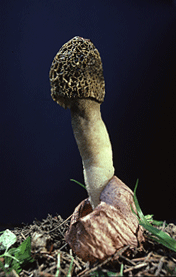|
|
Belgrade
|
One of
the oldest cities of Europe, with continuous human
settlement for 7000 years. In the old times,
numerous tribes and ethnic groups passed through
this area, lingering on for a shorter or longer
period of time, continually destroying, renewing and
rebuilding the settlement. The soil upon which the
present-day Belgrade is built hides a treasury of
archaeological remains that bear witness to the
history of the area. The last to come and stay were
tribes of Slavs who, in the 7th Century,
built a new city with the Slavic name Beograd on the
remains of the Celtic
Singidunum
and Roman Alba Graeca. Belgrade first became the
capital of the Serbian state in 1404. During the
four centuries that followed it passed through
stormy events and had changing rulers, official
faith, appearances and ways of life. Belgrade again
became the capital city of the Serbian state in 1841
and it continues as such today. |

Phallus hadriani |

Dianthus capitatus |
During
the past two centuries, Belgrade changed from a
Middle Eastern provincial town to a European
metropolis.
The national, cultural and religious diversity and
historic past, its position at the confluence of the
rivers Sava
and Danube, as well as the Kalemegdan fortress
overlooking it, give Belgrade a specific charm and
attractiveness. Belgrade is situated at the natural boundary of the Pannonian Plain with
Šumadija,
an area that belongs to the Balkan region. To the
north from the rivers
Sava
and Danube, Belgrade spreads into the spacious
plain, while to the south it climbs numerous
hillsides and mountain slopes. |
|

